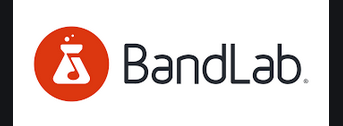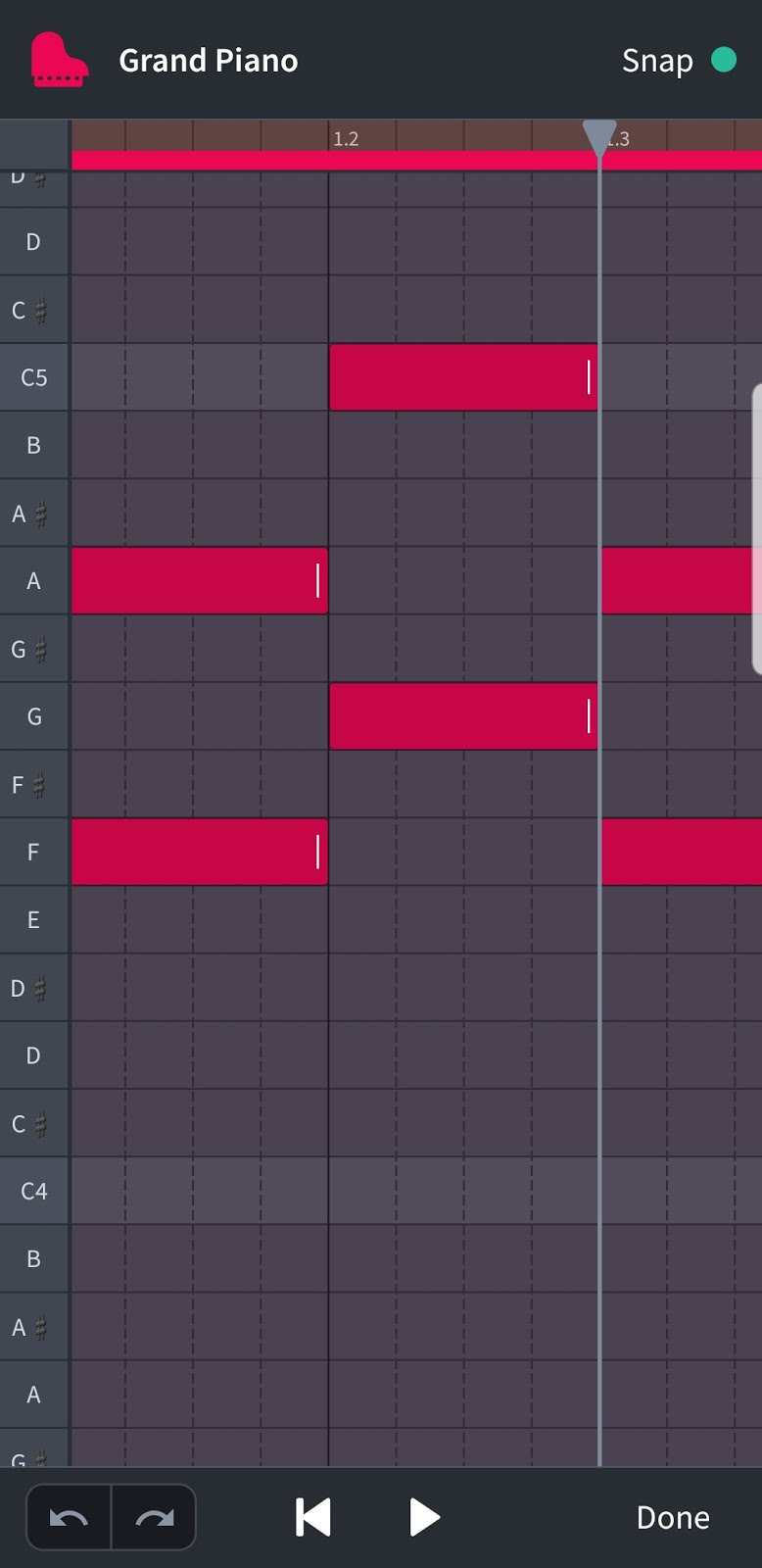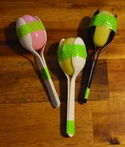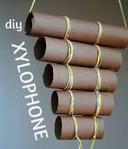3 Music Assignment Ideas for Students without an Instrument
Wednesday, April 22, 2020 by Jennifer Rodriguez | Virtual Teaching
Does this student-scenario sound familiar?
It’s the Friday before Spring Break and the last bell of the day just rang. Karen’s 8th period teacher is still talking about the assignment due after the break while she rushes to gather her things. The bus leaves exactly 5 minutes after the bell. It usually takes Karen 4 minutes to get to the buses (with a pit stop at the band hall for her instrument), but today all traffic was diverted immediately to the Drop-off zone. There is no way Karen’s picking up her instrument and making it to the bus, so it looks like Karen’s instrument is spending Spring Break at school.

While the above scenario happens to at least one student each year, most of us did not expect school cancellations for the remainder of the year because of the COVID-19 pandemic. All instruction has transferred online, and teachers quickly adapted by learning new platforms, researching online teaching resources for music, and implementing creative solutions for student performances. But what about Karen who left her instrument at school? Or the students that use a school-owned instrument which cannot be taken home to practice? I’ve got you covered. Here are 3 assignment ideas for students without an instrument.
Create the Soundtrack of your Life
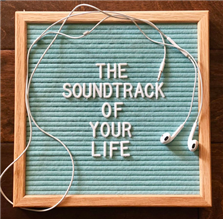 Image from https://www.wifelifeandbooks.com/home/2018/2/1/the-soundtrack-of-your-life
Image from https://www.wifelifeandbooks.com/home/2018/2/1/the-soundtrack-of-your-life
I have seen the Soundtrack of Your Life Project suggested on multiple websites, and I think it's great because this project is cross-curricular. For this assignment, students identify important life events and choose music that defines these events. Then, the student writes to an outside listener, describing who they are, how the soundtrack reflects their life as a whole, describing the life events and accompanying music, and thanking the listener for their attention. A sample assignment sheet is found here and a sample essay here.
This assignment easily adapts itself for Music and English classes, but I think it can expand to include History as well. Ask students to answer the following questions about their selections to investigate historical significance.
- When was the song written?
- What significant events were happening in the world at the time?
- What caused these events? What outcomes resulted?
- Was the artist connected to or affected by these world events?
Presentation methods for their final product give students experience with different technologies. For me, the minimum is the student creates a playlist on Youtube, Spotify, or any music streaming service and sends it in with a typed essay. Expanding beyond the minimum could include teaching Public Speaking skills and incorporating multimedia. Examples of expanding beyond the minimum include:
- Write a blog post or create an eProfile that includes links/videos to the song selections and photos of the life events discussed.
- Create a PowerPoint/Prezi (or any of the presentation alternatives listed here ) that showcases their selections and describes their life.
- Shoot a movie that includes the student reading their essay, re-enacting their life events, music videos of their selections, and/or performing the selections themselves.
Compose Music Using the BandLab App
The BandLab App is a “...cross-platform DAW, with social features like video sharing, messaging and discovery. BandLab’s mission is to break down the technical, geographic and creative barriers between creators, collaborators and community by providing a completely FREE and unlimited service.” Available for Android and iOS, the company expanded to include BandLab for Education, a cloud-based platform for teachers and students to collaborate on projects. To differentiate the two, I’ll refer to each as the Main BandLab App and the Education App.
Main BandLab App offers the following:
- Unlimited Projects
- Unlimited Secure Storage
- Unlimited Collaborations
- Unlimited Algorithmic Mastering
- Unlimited High-quality Downloads
- >6,000 Professionally Recorded, Royalty-free Loops
- >120 Free MIDI-compatible Virtual Instruments
- Cross-platform customizable Guitar/Bass/Vocal FX & Presets
- Full Version Control and Collaboration Tools
- Multi-Device - Windows, Mac, Android, iOS, Tablet, Chromebook
In 2018, the Education App won the Best Classroom Technology Award from NAMM’s Best Tools for Schools Awards. The Education App offers the following in addition to the features available on Main BandLab App:
- Unlimited classes
- Unlimited students
- Private classrooms
- Grading System
- Built-in Messaging
- Works across Mac, Windows, Linux, and Chromebooks only
Students in the Education App are in a closed-classroom environment, meaning they only interact with other students in their class or school. The teacher controls the classroom access. Any content made using the Education App is not available on Main BandLab and vice versa. The Education App is COPPA (Children's Online Privacy Protection Act) compliant and provides teachers with COPPA Consent Forms (for students 13 and under) and Parental Consent Forms (for anyone under 18). More information on COPPA is available here.
I found the Main BandLab App quite easy to work on. I have little experience working with any DAW, and the Main BandLab App lays its features out in a manner that’s user-friendly. One can record audio into the Main BandLab App, import audio from your device, use a huge selection of virtual instruments, and/or select a pre-recorded Loop track to start. First, I tried recording a simple melody using the provided keyboard on my phone. Rhythmic accuracy was not happening this way, so I fixed this by inputting the correct rhythmic values directly onto the piano roll. While tedious, I think this type of work emphasizes the block of sound concept we instill in our students.The piano roll also provides a great visual reference for articulation style. How long are staccato, portato, or tenuto notes? Students easily see the difference because the grid separates each quarter note into 4 boxes.
In the Education App, creating a school, class, and assignment is as simple as following the prompts. When creating assignments, the teacher can import or create audio for students to edit and attach document, audio, video, and/or image files. The maximum file size for attachments is 25MB. One of my favorite features is the ability to place students in Groups for assignments. If you start creating an assignment but are not able to finish setting it up all at once, the Education App allows you to save the draft to publish later.
Build a Homemade Instrument
I first heard of this project from a band director friend on Facebook and think it’s a wonderful opportunity for creativity and performance. Stephen Cox, Director of the Eastland Maverick Band from Eastland, TX, gave his students an optional assignment to build a homemade instrument and film a demonstration video. The lesson plan is available on the Eastland Maverick Band Blog.
Students submitted a 1-minute (or less) video of them introducing and performing on their creation. Cox used a Google form to receive the submissions and combined them into a single video using Adobe Premiere Pro. (He does mention that any video editor will suffice in making the final product and warns that the editing process is time consuming.)
When presenting the final product, Cox chose to create a Youtube Premiere. This feature "...lets you and your viewers watch and experience a new video together….” To publicize the event, Cox created the trailer seen here and shared the Premiere link through all his parent contact portals (Band website, Google Classroom, Facebook, etc.).
One of my favorite homemade instruments featured on the video is by a Junior flutist. She created a flute from PVC pipe, painted it with a lavender basecoat and decorative flowers, and performed Over the Rainbow. We all know flutists can be a little bit extra with the effort, and her attention to detail paid off. She was the winner of the Eastland Maverick Band Homemade instrument contest!
In describing his intentions for this project with Big Country Homepage, Cox shares a sentiment that I think music educators can agree with, “I hope that it creates for them [the students] an appreciation of the magic that really is music making. We take hunks of plastic or hunks of metal and then we shape them and it’s still just a hunk of metal or a piece of plastic, but whenever a person picks it up and develops skill and musicianship, then you can make beautiful music with it.”
-1.jpg)
